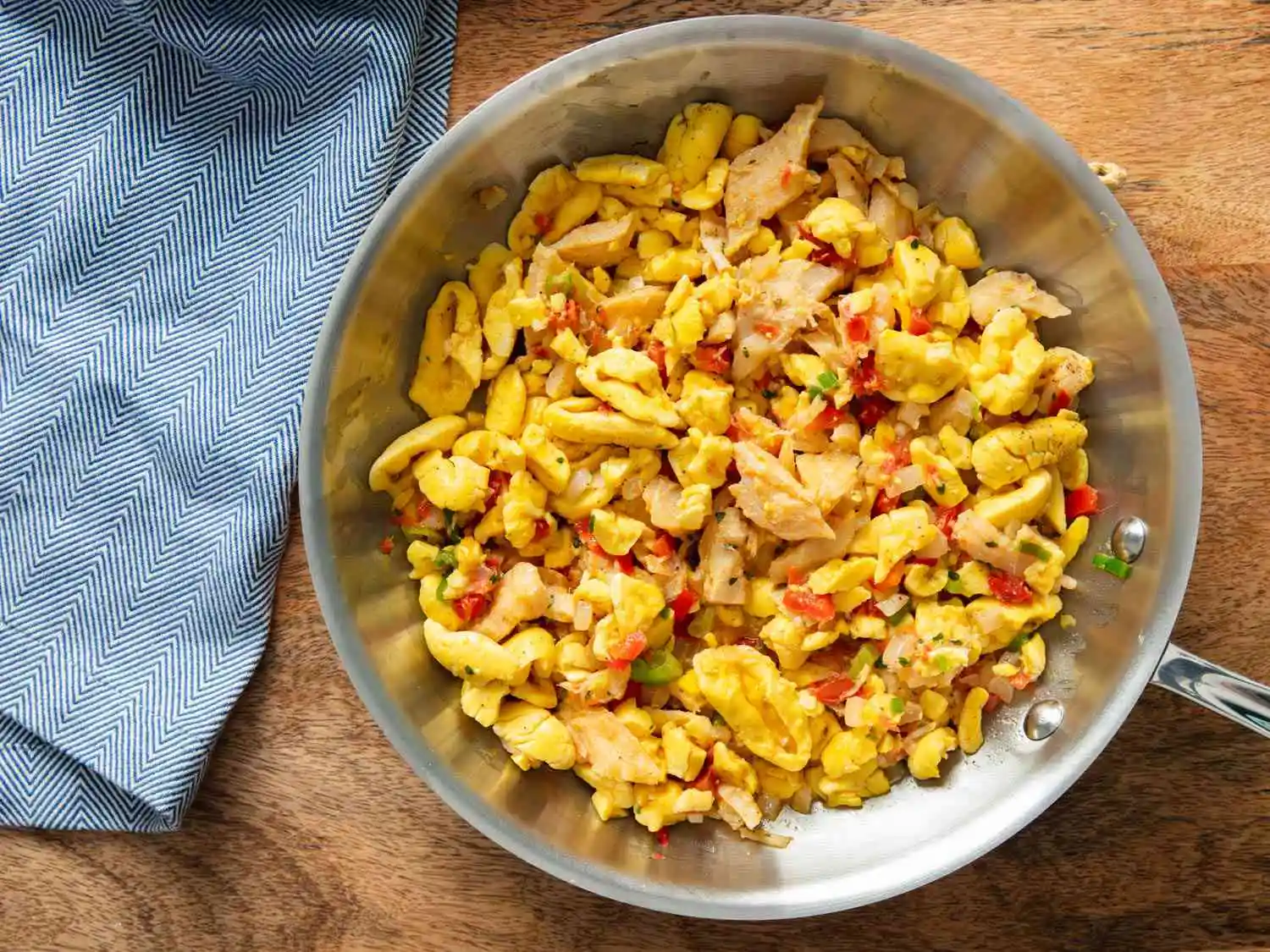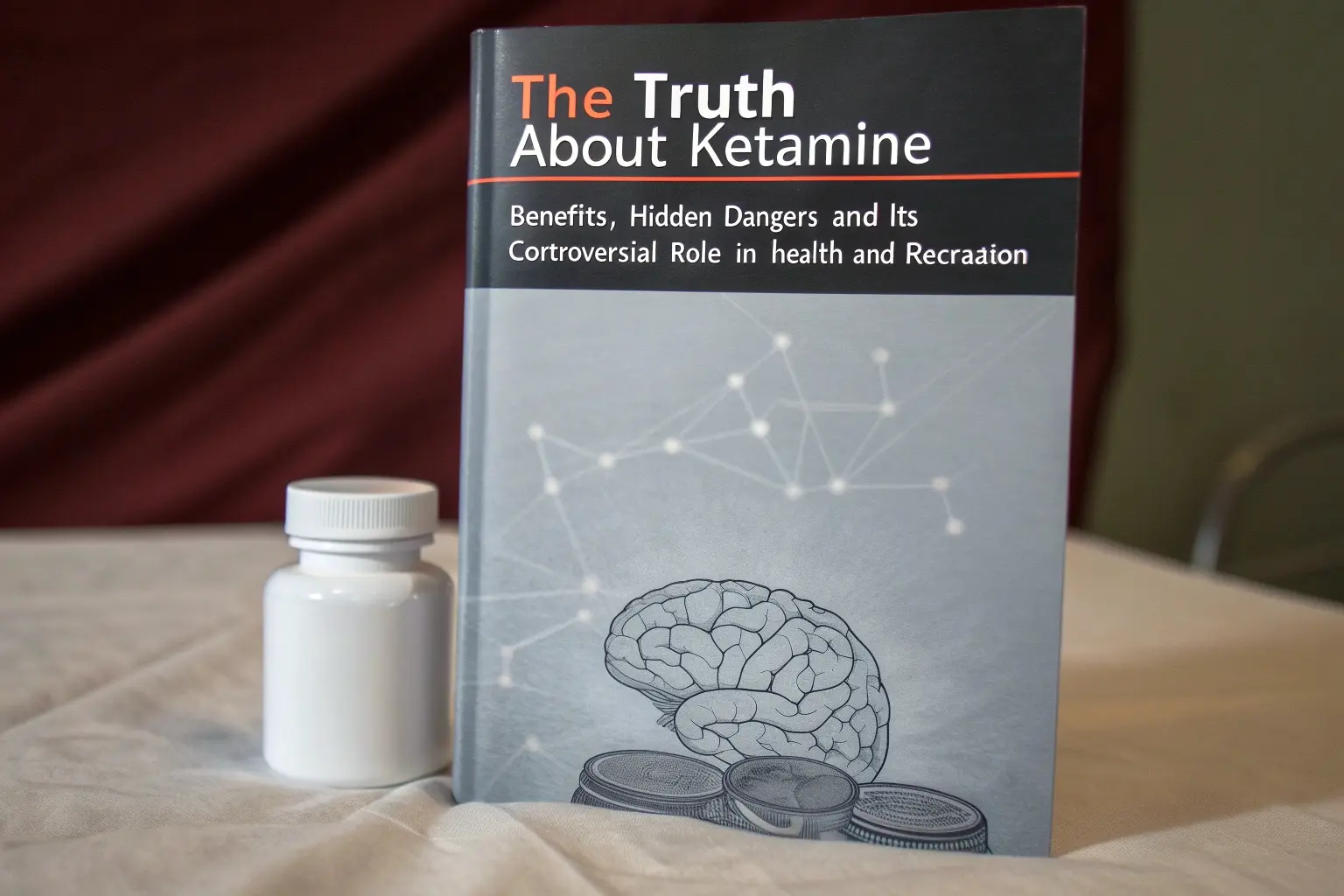Fatty Liver: Understanding, Preventing, and Treating One of the Fastest Growing Health Concerns
Fatty liver disease is a growing hidden threat affecting millions worldwide, often without warning, but with the right lifestyle changes, you can protect your liver, reverse damage, and take control

Fatty liver disease is quickly becoming one of the most common chronic liver conditions worldwide, affecting millions of people. But despite its prevalence, many are unaware of just how serious it can be or how it develops. As the name suggests, fatty liver occurs when excess fat builds up in liver cells, and while it’s often silent in the early stages, it can cause severe liver damage if left untreated. It’s also on the rise, with factors like poor diet, obesity, and diabetes contributing significantly to its growth.
According to the Centers for Disease Control and Prevention (CDC), about 25% of the global population has non-alcoholic fatty liver disease (NAFLD), which is the most common form. In the United States alone, about 30 million people suffer from it. That’s a staggering number, and what’s even more concerning is that most people don’t know they have it until it has already caused significant damage to their liver. Unfortunately, fatty liver disease doesn’t always show symptoms in its early stages, which means many people walk around unaware of the growing risk to their health.
Fatty liver is divided into two categories: non-alcoholic fatty liver disease (NAFLD) and alcoholic fatty liver disease (AFLD). The difference is, as you might guess, whether or not alcohol consumption is a contributing factor. While alcohol-related fatty liver disease is caused by excessive drinking, NAFLD is more common in people with risk factors like obesity, diabetes, high cholesterol, and poor diet. However, even those who don’t drink excessively can develop fatty liver if they don’t take care of their body, particularly their diet and exercise routines.
Anyone can get fatty liver disease, but certain groups are more at risk. Obesity is one of the most significant risk factorsfor fatty liver, and individuals who are overweight are at a much higher risk. Studies show that nearly 90% of obese individuals have some form of fatty liver disease. Additionally, people with type 2 diabetes or prediabetes have a higher-than-average likelihood of developing fatty liver disease. High blood pressure, high cholesterol, and metabolic syndrome also contribute to the development of fatty liver.
Interestingly, the prevalence of fatty liver disease can vary by race and gender. According to the American Liver Foundation, Hispanic Americans are most likely to develop fatty liver disease, with a prevalence rate of 45%. Meanwhile, African Americans have a lower rate of fatty liver, about 24%. Caucasians fall somewhere in between, with roughly 27% affected. Gender also plays a role: men are more likely to develop alcoholic fatty liver disease, while women tend to develop non-alcoholic fatty liver disease at higher rates, especially after menopause.
What causes fatty liver disease? For the majority of people, the root cause is poor diet and lifestyle choices. Foods high in refined sugars, unhealthy fats, and processed carbohydrates contribute to the development of fatty liver. These foods cause your body to store excess fat, which then accumulates in the liver cells. Fried foods, fast food, sugary beverages, and alcohol are the biggest culprits, but highly processed foods and an overall unhealthy diet can lead to fatty liver disease over time. The increase in ultra-processed food consumption has been a major factor in the rise of this condition.
But it’s not just about what not to eat—there are plenty of foods that can help prevent or treat fatty liver disease. Whole grains, leafy greens, nuts, and fish rich in omega-3 fatty acids (like salmon) have been shown to have a positive impact on liver health. Studies suggest that antioxidant-rich fruits like berries, grapes, and citrus can also help protect the liver. Reducing added sugars and increasing fiber intake are important steps in preventing fatty liver disease and managing its effects.
While dietary changes are critical, maintaining a healthy weight is perhaps the most important factor in preventing and treating fatty liver disease. Losing just 5% of your body weight can significantly reduce fat in the liver and improve liver function. Regular exercise—about 150 minutes of moderate aerobic activity per week—can also help maintain a healthy weight and improve liver health. In fact, studies show that physical activity can help reduce liver fat, inflammation, and even fibrosis in some cases.
If you’ve been diagnosed with fatty liver disease, there are medical treatments that can help manage the condition and prevent further damage. While there is currently no specific medication for NAFLD, doctors often recommend managing risk factors like diabetes, cholesterol, and high blood pressure with prescribed medications. In some cases, medications like Vitamin E and pioglitazone (for diabetes) have been shown to help improve liver health.
Read About: The Hidden Danger of Visceral Fat: What Every Woman Should Know
The most important thing is to catch fatty liver early before it progresses to more severe conditions like non-alcoholic steatohepatitis (NASH), which can lead to liver cirrhosis or even liver cancer. The key to early detection is regular screening. Doctors typically diagnose fatty liver with a combination of blood tests, a physical exam, and imaging techniques like an ultrasound, CT scan, or MRI. In some cases, a liver biopsy may be needed to assess the extent of liver damage.
Fatty liver disease doesn’t always cause symptoms, but some people may experience fatigue, abdominal discomfort, or a feeling of fullness in the upper right side of the abdomen. If you have risk factors for fatty liver disease or are experiencing any of these symptoms, it’s important to consult your healthcare provider. The earlier you address it, the better the chances of reversing the damage.
The good news is that fatty liver disease is treatable and, in many cases, reversible with lifestyle changes and proper medical management. But prevention is always the best course of action. By eating a balanced, whole-foods diet, maintaining a healthy weight, and staying active, you can protect your liver and lower your risk of developing fatty liver disease.








